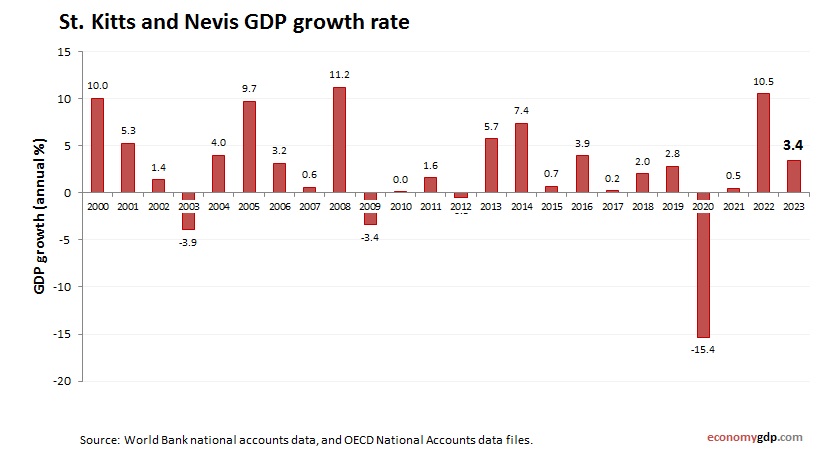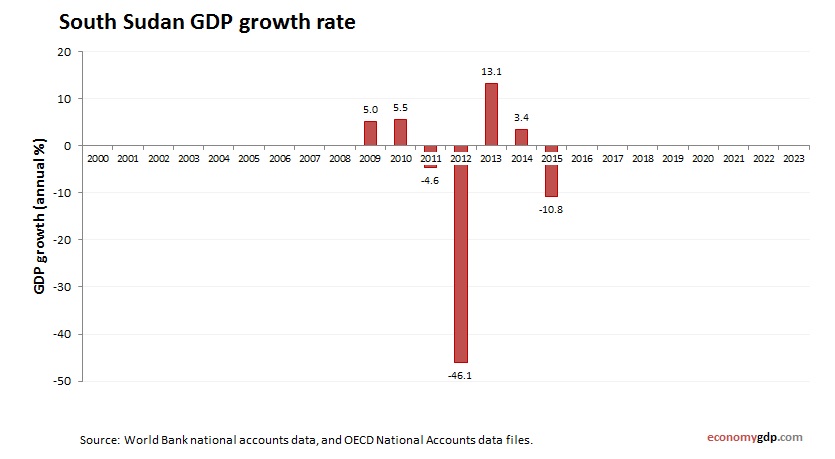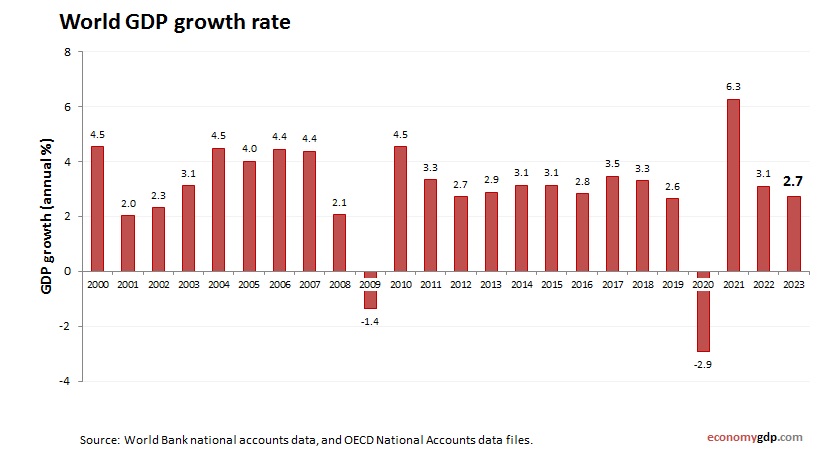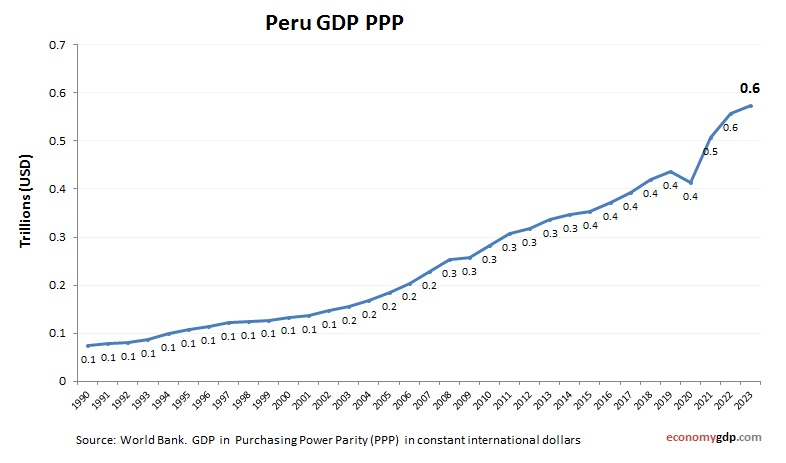Low income GDP Purchasing Power Parity
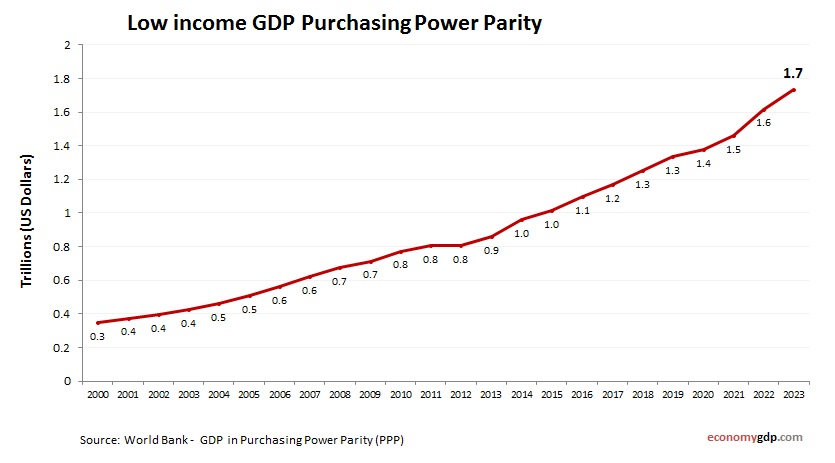
Low income economy graph showing purchasing power parity (PPP) growth from 2000 to today. Purchasing power parity adjusts the size of the economy to relevant price levels, i.e. measuring the price of specific goods in different countries and adjusting GDP View more Low income GDP Purchasing Power Parity
Latin America and Caribbean GDP PPP
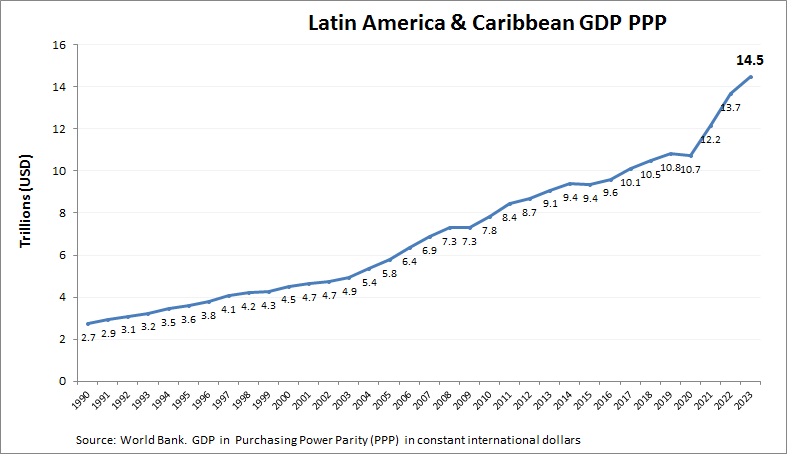
Latin America and Caribbean economy graph showing purchasing power parity (PPP) growth from 1990 to today. Purchasing power parity adjusts the size of the economy to relevant price levels, i.e. measuring the price of specific goods in different countries and View more Latin America and Caribbean GDP PPP
Philippines GDP Purchasing Power Parity
South Sudan GDP growth rate
Brand Strategy Template

Here is a brand strategy document template that you can use to create a comprehensive brand strategy document . The template includes the following sections: – Brand purpose: This section outlines the reason for your brand’s existence and its core View more Brand Strategy Template
World GDP growth rate
Netherlands GDP
Iot Risk Assessment Process

Assessing risk is a continuous process of discovering vulnerabilities and detecting threats. During this ongoing process, IoT Security measures risk and assigns a score for the amount of risk it observes. IoT Security assesses risk and assigns a risk score View more Iot Risk Assessment Process

